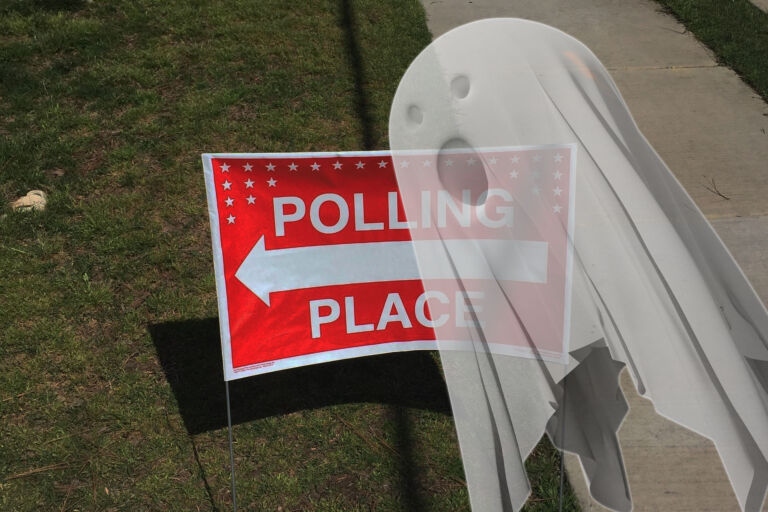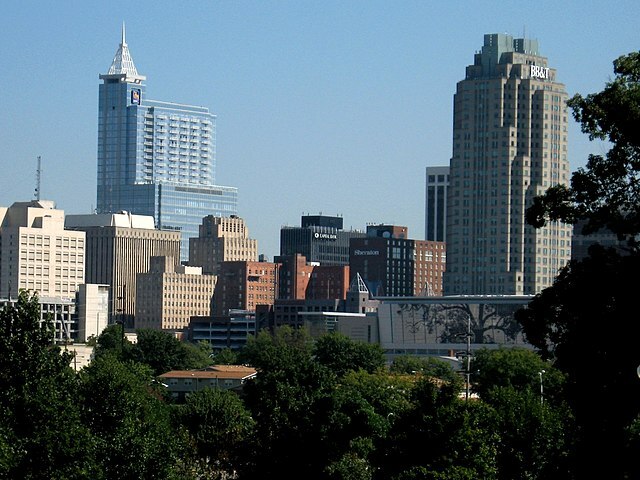Raleigh has flipped the switch on its new solar array at its wastewater treatment plant. Raleigh wants to lead the state in fleecing taxpayers and electricity ratepayers in order to win the accolades of the green ideologues and the crony capitalists who benefit from the subsidies. See how one Holly Springs company, OFM, profits from solar subsidies in this Local Government Update. Raleigh’s agreement with NxGen Power allows that company to receive subsidies from taxpayers and Progress Energy ratepayers, similar to Holly Springs’ agreement with OFM.
Even the New York Times has caught on to the solar scam:
The project [NRG Energy solar farm in California] is also a marvel in another, less obvious way: Taxpayers and ratepayers are providing subsidies worth almost as much as the entire $1.6 billion cost of the project. Similar subsidy packages have been given to 15 other solar- and wind-power electric plants since 2009.
The government support — which includes loan guarantees, cash grants and contracts that require electric customers to pay higher rates — largely eliminated the risk to the private investors and almost guaranteed them large profits for years to come. The beneficiaries include financial firms like Goldman Sachs and Morgan Stanley, conglomerates like General Electric, utilities like Exelon and NRG — even Google.
These projects, in almost all cases, benefit from legislation that has been passed in about 30 states [including NC’s Senate Bill 3] that pushes local utility companies to buy a significant share of their power from renewable sources, like solar or wind power. These mandates often have resulted in contracts with above-market rates for the project developers, and a guarantee of a steady revenue stream.
Because the purchase mandates can drive up electricity rates significantly, some states, including New Jersey and Colorado, are considering softening the requirements on utilities.
Every time you see a solar array in North Carolina, know that your taxes and utility bills are subsidizing the crony capitalists who are building and operating it.
What’s next for the "greening" of Raleigh? The city wants to build a hydroelectric plant at Falls Lake. According to WRAL, the city’s study shows that "such a project, costing $5 million to $7 million, is feasible under certain economic conditions." Raleigh taxpayers should be aware that anything is feasible when the city council can force you to pay for it.
Click here for the Local Government Update archive.


